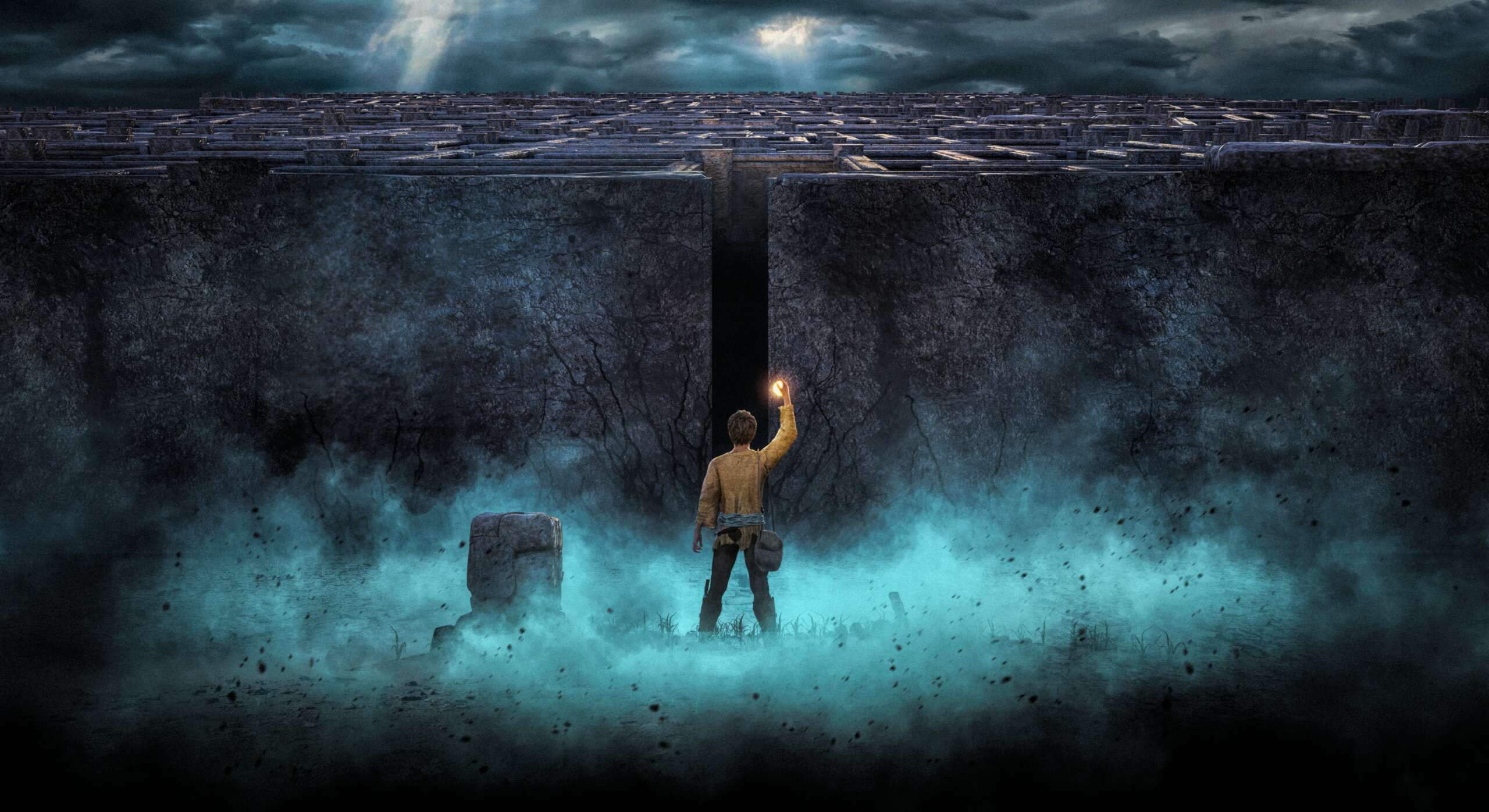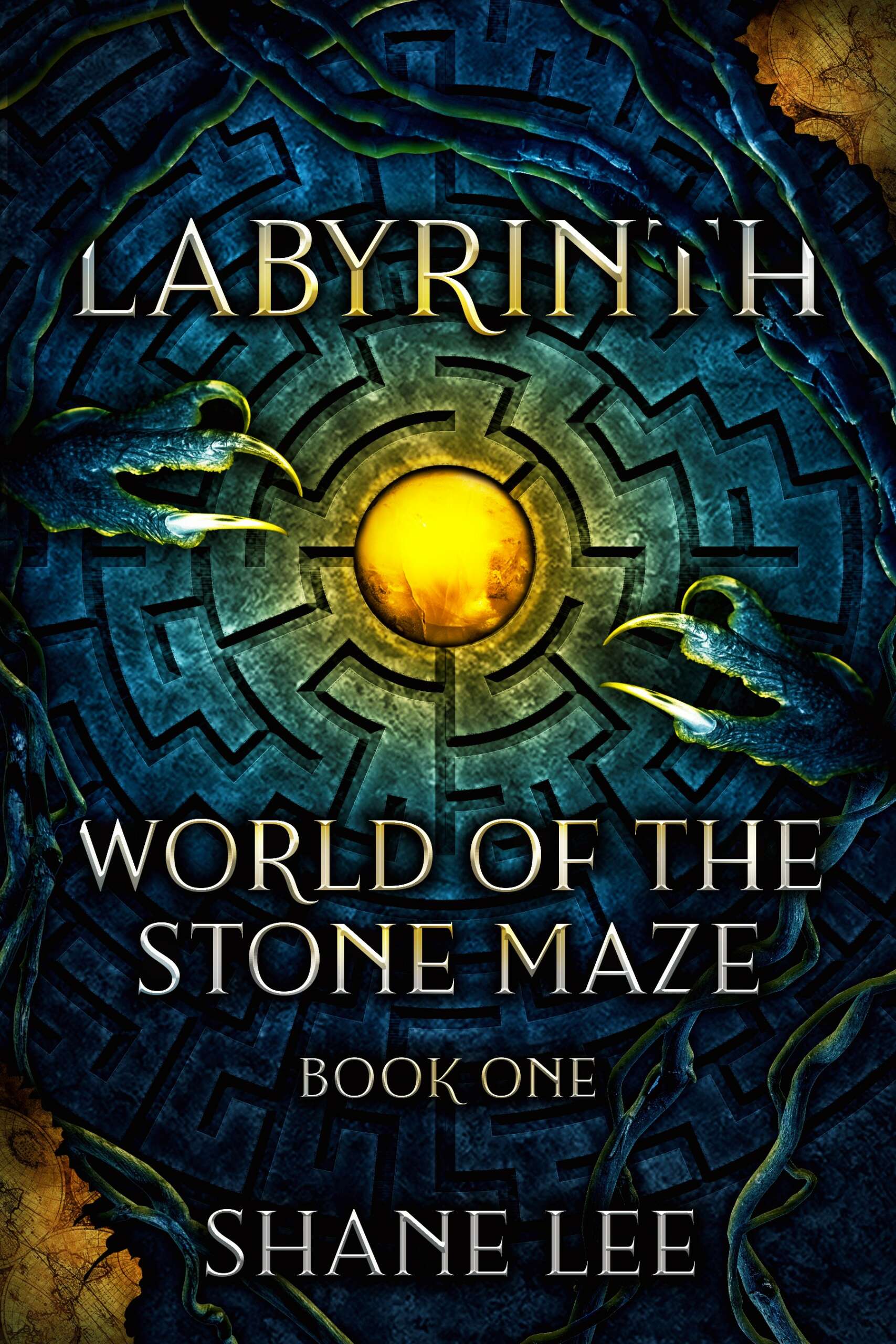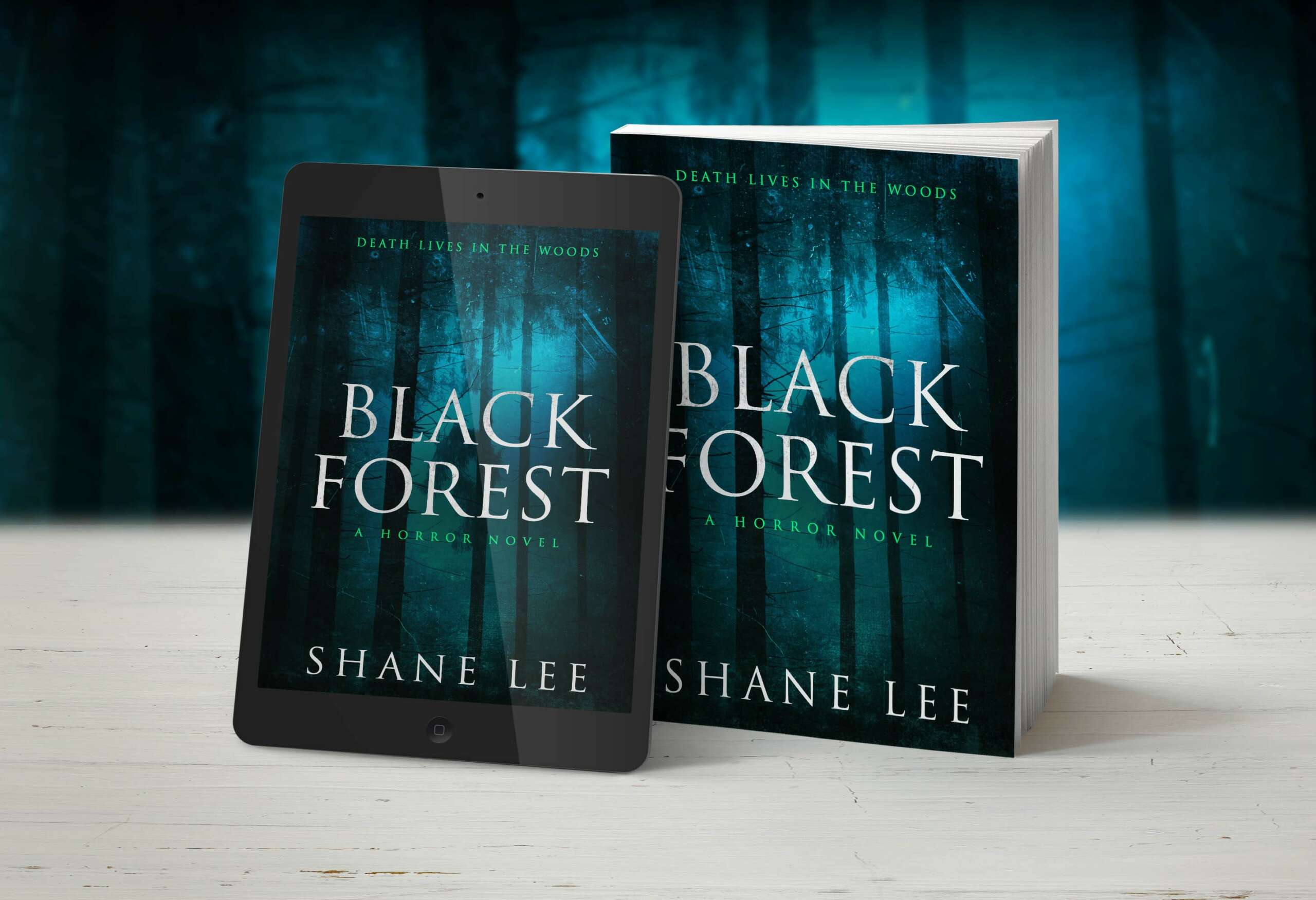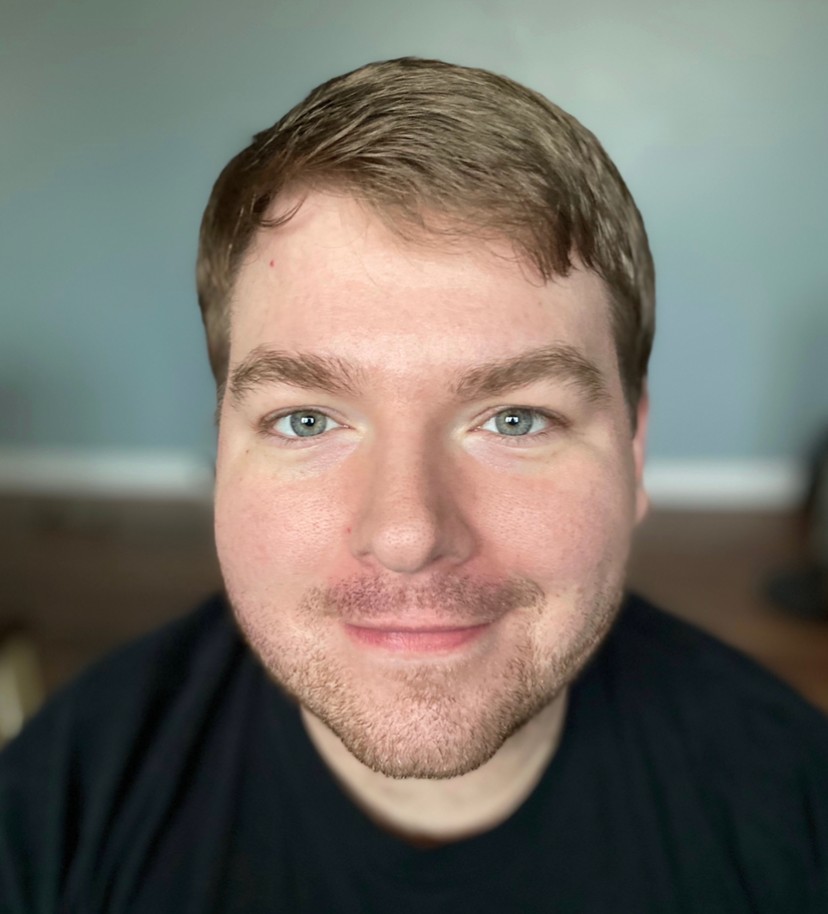We’re excited to introduce you to the always interesting and insightful Shane Lee. We hope you’ll enjoy our conversation with Shane below.
Alright, Shane thanks for taking the time to share your stories and insights with us today. We’ve love to hear an interesting investment story – what was one of the best or worst investments you’ve made? (Note, these responses are only intended as entertainment and shouldn’t be construed as investment advice)
My worst investment as an author was a book cover I commissioned before I understood my market well enough. First let me say, I love the cover to death, the artist is a great guy, and he provided me a lot of files of the work so I have been able to use the artwork as promotional imagery for my novel series, so it was not a total loss. But it was definitely an expensive misstep early on in my career.
I spent $600 on a book cover I ended up using for about a week before I realized, “Oh, man. This doesn’t fit my genre.” The problem was, I had gone into writing that novel—the first in a trilogy—with a specific image in mind for the cover. And that’s all well and good, but people do judge a book by its cover, and your book cover is your most important selling tool. I got a very cool-looking book cover that didn’t portray my genre of Dark Fantasy well enough, and the book was getting lost in the shuffle. I had to change out covers post-publishing, which also meant the print copies I’d ordered had to be re-ordered (though I did sell most of the “old cover’ copies, at least).
I corrected the error pretty quickly, but it taught me to always have my finger on the pulse of the genre I’m writing in. The cover I’d chosen would have fit in pretty well probably eight years prior, but the fantasy genre cover had stylistically changed by the time I’d published, and readers were looking for certain things to tell them, hey, this is a modern fantasy book, pick me up or click on me and read my blurb. Bottom line, the research never stops. If you’re writing a book for 4 months, at the end of month 3, you still want to zip over to the bookstore (or, realistically, the internet) and see what popular fantasy covers look like so you can commission the right one.
That lesson can be applied to many parts of the self-publishing industry. Marketing changes; ad structure changes; royalties change and print costs change. If you don’t stay up to speed, you’re going to poke your business full of holes and not even realize it.


Great, appreciate you sharing that with us. Before we ask you to share more of your insights, can you take a moment to introduce yourself and how you got to where you are today to our readers.
My name is Shane Lee, and I’m a Dark Fantasy author. I’ve chosen the self-publishing route, which means I handle every part of my books—from the first words written to their publishing date, price points, cover design and editing, etc. It’s challenging, because in a way a self-pub author is a small business owner, and there’s a lot to do besides write (though writing is still the most important thing). But having creative and editing control and getting to keep more of my royalties is much preferred.
I write Dark Fantasy (and Horror) because that’s what I grew up reading. My bookshelf sags under the weight of Stephen King’s massive tomes, with quite a few Fantasy books mixed in. I realized I enjoyed writing dark, scary tales, but didn’t feel too comfortable writing in contemporary settings. Dark Fantasy merges a setting fit for monsters with the ability to make my own rules for my worlds.
If you like reading about brutal and twisted monsters, magic that eats you alive, and imperfect characters striving for happy endings in desolate worlds, you’ll enjoy my books.



Are there any resources you wish you knew about earlier in your creative journey?
This is specifically an author resource, but I recommend for anyone in the publishing or writing industry to visit the 20 Books to 50K group on Facebook. I found them about 5 years after I started writing, and wish it had been a lot sooner. It is the biggest group of indie authors gathered together to help each other succeed. There are hundreds of authors there who make a very good living from their writing, as well as industry experts to guide you with marketing, finding cover artists and editors, writing a newsletter, accounting—every aspect of being a full-time author.
Is there something you think non-creatives will struggle to understand about your journey as a creative?
If you’re not in the business of writing novels, it might be hard to think of it as a business. Everybody has that friend or family member who has been working on their novel or whatnot for years, and I was the same way. What surprises some people to hear is the work that goes into producing books regularly. It’s not something where you can wait for your muse to strike you, and then chill out while you await motivation again. I mean, you can do it that way, but you’re not going to get anything done.
Writing has to be done every day. It’s like working out. If you only go for a run when you feel like, your cardio is going to suffer. And those first couple of weeks of daily writing are going to be hard as hell. But it’s incredibly, incredibly important to put in the time every day and set a specific goal to reach. Most people do it by word count (“I’m going to write 1,000 words every day!”), some do it by page count or a set amount of time spent writing. The most important thing is to be consistent and put the words out there. It doesn’t matter if they’re bad—you can fix them in the 2nd draft. But without a 1st draft, you have nothing. Strive for daily imperfection, and polish it once you have something to polish.
Contact Info:
- Website: www.ShaneLeeBooks.com
- Instagram: @shaneleebooks
- Facebook: https://www.facebook.com/ShaneLeeBooks


